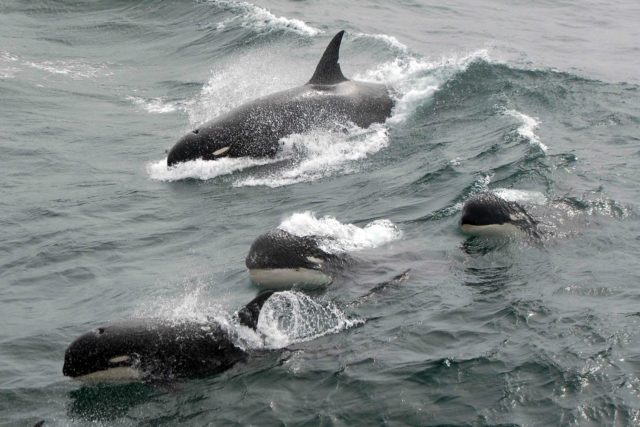
At the bottom of the world, in some of the roughest seas, live mysterious killer whales that look very different from other orcas.
Now, for the first time, scientists have located and studied these animals in the wild. The orcas are “highly likely” to be a new species, says Robert Pitman, a researcher with the National Oceanic and Atmospheric Administration.
The scientific team made the finding in January about 60 miles off the coast of Cape Horn, Chile, at the very tip of South America—a region with the “world’s worst weather,” Pitman adds.
These orcas, referred to as type D killer whales, were previously known from amateur photographs, fishermen’s descriptions, and one mass stranding—but never encountered in their natural state by cetacean experts. Unlike the other known types of orcas, they have a more rounded head, a pointier and narrower dorsal fin, and a very small white eye patch. They’re also several feet shorter in length, Pitman says. (See exclusive underwater video of type D orcas below.)
The team, which set sail in the vessel Australis, ventured to an area where fishermen had recently spotted the animals, and dropped anchor for more than a week. Finally, a pod of about 25 killer whales approached the ship.
Video by NOAA[/vc_message]












